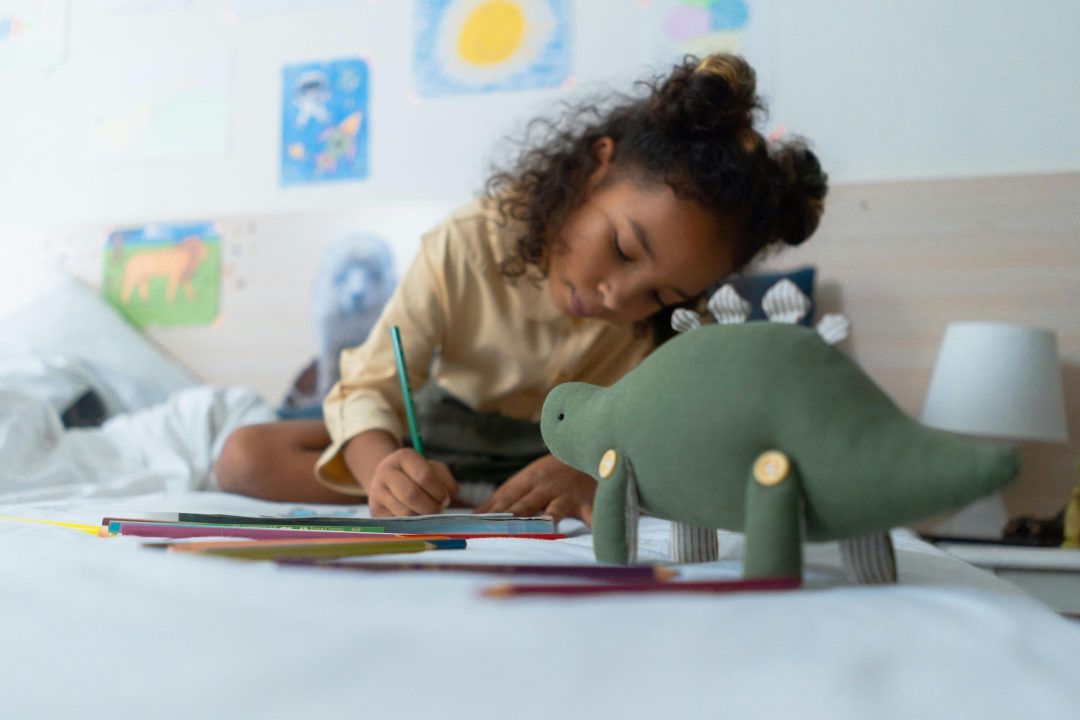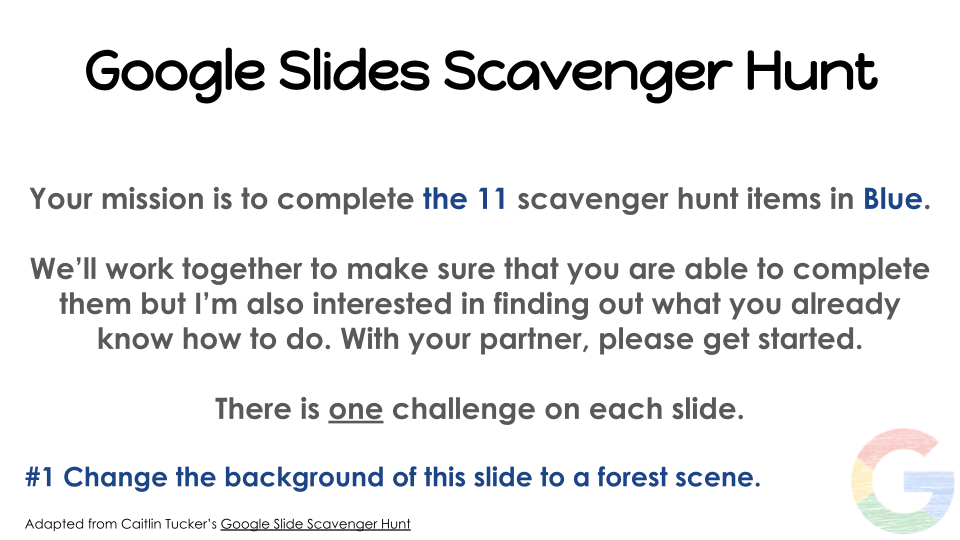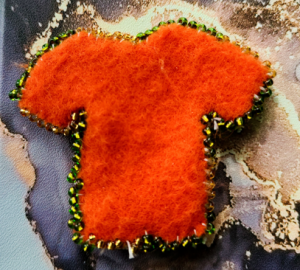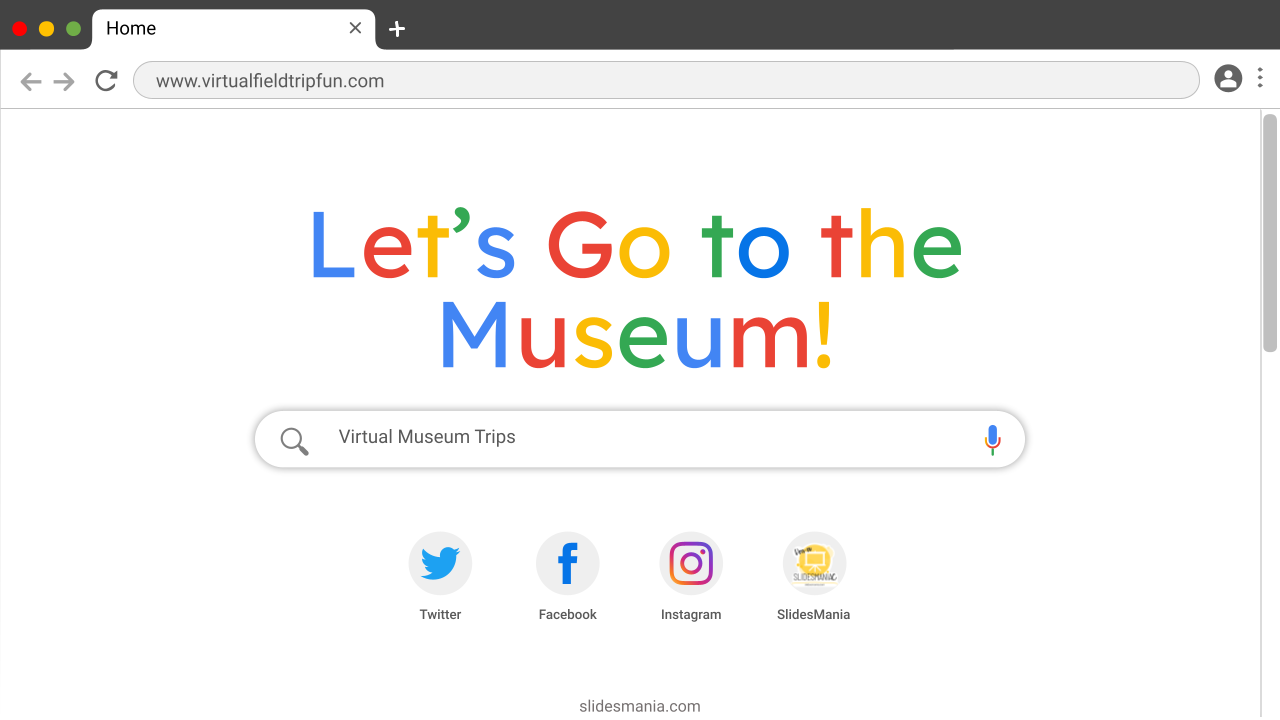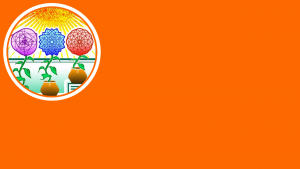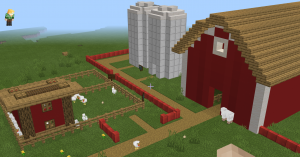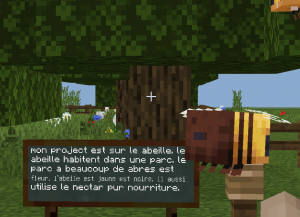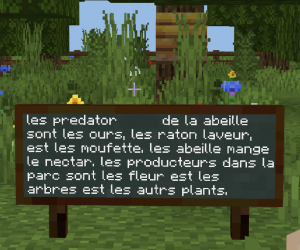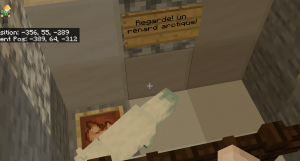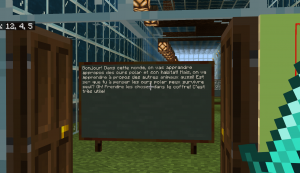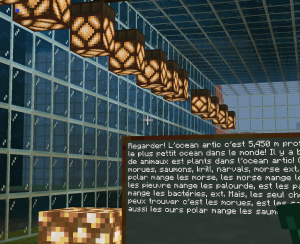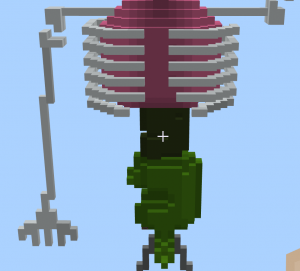 If you are not following her Twitter, you are seriously missing out! The incredible judy mckeown is an Equity Resource teacher in the Peel District School Board and frequently shares her resources online. Earlier this month, she shared her Critical Consciousness Lesson Plan Template and once again, I was reminded why I so appreciate the work that she does. In this post, I’m going to be digging into this resource and reflecting on some of the questions from the template.
If you are not following her Twitter, you are seriously missing out! The incredible judy mckeown is an Equity Resource teacher in the Peel District School Board and frequently shares her resources online. Earlier this month, she shared her Critical Consciousness Lesson Plan Template and once again, I was reminded why I so appreciate the work that she does. In this post, I’m going to be digging into this resource and reflecting on some of the questions from the template.
I’m certain that we all remember lesson planning at the Faculty of Education. The tedious work of planning out each part of every lesson and the pages upon pages that you were going to share with your Associate Teacher. I know for me, my favourite part was finding my hook or the minds on but was often unsure of where the lesson might go from there. While I had my plan in mind, I found it difficult to include what I might say or specifics on our consolidation of the lesson because you never know how students might engage with the material. I remember one associate teacher who wanted to know my script for each lesson and it terrified me to think about what if I went off-script. Over the years, I changed the way I visualized my lessons and honestly got rid of the lesson plans that were pages long.
When I saw judy’s Critical Consciousness Lesson Plan Template, I immediately thought of the 3-part lessons we might be familiar with but what blew me away were the questions contained within. In every section, there are deep and meaningful questions that guide you in developing lessons that are truly student-centred. As if that wasn’t incredible enough, the checklist on the right really prompted me to think about how this lesson relates to social issues potentially affecting students and others in the world around us. Below I share my thoughts on a question posed in each section.
Learning Goals: How have you involved students in determining these goals?
This question is huge! When I think about learning goals, I think of taking them from the curriculum and turning the words into student-friendly language. Ultimately, it’s me looking at what they “need” to learn; deciding what we’ll be learning at that particular point in time; and posting it for them, in hopes that they understand where they are going. Upon reflection, this in no way involves students in determining these goals. Imagine the difference that could be had if students understood what they “had to learn” from the curriculum and were a part of determining what they felt ready to tackle and how this new learning might connect to recent or past learning. How might this change the learning process for that group of students? How might this also connect to student interest in terms of subject areas?
Materials: What will you need to provide for your students to create the best conditions for learning?
I consider this often when doing Science experiments in order to make sure that I have everything that I need but what about materials or resources needed for other subject areas? We know that resources are often limited in some schools. How might we get creative in using math manipulatives to help students take ideas from concrete to abstract? What are ways in which we can work together to ensure that what is available creates the best conditions for student-centred learning? How do we create environments for students to be able to retrieve materials that are readily available, when they need them, without fear of being looked at as different?
Before: Minds On: Before starting your lesson, what conditions have you created so that students will have the skills needed to engage in the learning in both meaningful and respectful ways?
It can’t just be me, but this question wowed me. I know that many times, I have walked into lessons making assumptions of what students should know without making sure that I have prepared them with what they need in order to succeed in the action portion of the lesson. I’m not saying that we automatically jump into big, brand new learning with expectations, but often there are things that I expect a Grade 5 student to be able to know, without making sure that they do know it, which leads to frustration on their part with learning new material. How different might the experience be if I really sat down and made sure that what I was planning was learning that they were ready to engage in? Might this involve extra time to make sure that there is success in the lesson? Yes and I think it would provide for deeper learning when we get there.
During: Action: Where will you create intentional pauses for students to think through and absorb their learning?
This is huge! When planning units, I think of intentional opportunities for students to reflect but within each lesson? I can’t say that I do. The goal here isn’t for students to reflect and to show the teacher what they are learning but it’s for them to be able to absorb their own learning. To make sense of it. To process it and understand what it means for them. This might look different for every child. Some may write. Others may draw. Others may enjoy the opportunity to talk things through with peers. How might we slow down and offer more of these opportunities along the learning journey? How might this lead to an overall richer learning experience for our students?
After: Debrief and Consolidation: How can you build in ways for students to direct how the lesson is debriefed?
Another great question that takes me back to the question for the learning goals. I wonder if this is something that we talk about from the beginning? As a facilitator of the learning, I wonder how we can help students to think about different ways of debriefing or consolidating the learning. I know that many are used to gallery walks or whole group discussions, but what if we allowed students to share their ideas on methods that work best for them? Sure, it might not necessarily turn out the way in which we envisioned our lesson plan or what we think students would “get” out of the lesson but I think it could be incredible to authentically see what students have learned and have them share that with peers.
Extension: Next Steps: How can you also find ways to follow the lead of your students and support them in the action(s) they wish to take?
I’ve always thought that the sweet spot for authentic learning is at the intersection of the curriculum and real-world experiences. When students are able to see the relevance in what is being learned, they are able to determine what, if any, action they may wish to take. This question isn’t about us as teachers thinking about the direction or action we want to take lessons or projects but following our students and supporting them. This also reminds me that I don’t need to be an expert in every issue but learning with and alongside my student is important in the role of supporter. I also love that this is more than just the lesson being over and done with in the classroom but more about thinking of using that learning for personal or social good.
Critical Consciousness Checklist: Include the material conditions and realities of your students’ lives?
Although all of these questions are essential, this question stood out the most when I think of student-centred lesson planning. I also think that it is imperative for us to be conscious of the ways in which we bring in our bias about the realities of our students’ lives, particularly when they are not our own. So much damage is caused when we think we know something about our students but haven’t taken the time to listen to or understand members of our school community through their own sharing. By bringing the community into the classroom, and being open to learning from students and their families, we stand a better chance of creating spaces that are truly inclusive. When done correctly, I think this moves away from so much of the tokenism we see online to actually creating opportunities for students to show up as their whole selves within learning environments.
This post is really just the tip of the iceberg of this incredible template. Since reading it, my mind has been going about my own teaching practice. I know that I will be using the questions within to reflect and interrogate why I choose to do what I do within the classroom, in hopes of becoming a better teacher. Thanks for sharing this, judy!
Interested in finding more of judy’s incredible resources online? Check out her Linktree. I promise you’ll find some incredible resources that will help you reflect on your teaching practice and grow, if applied.

